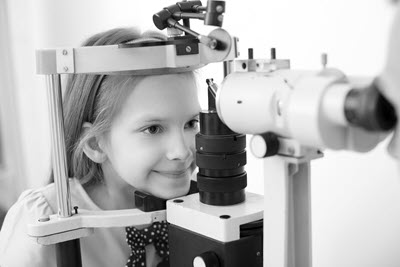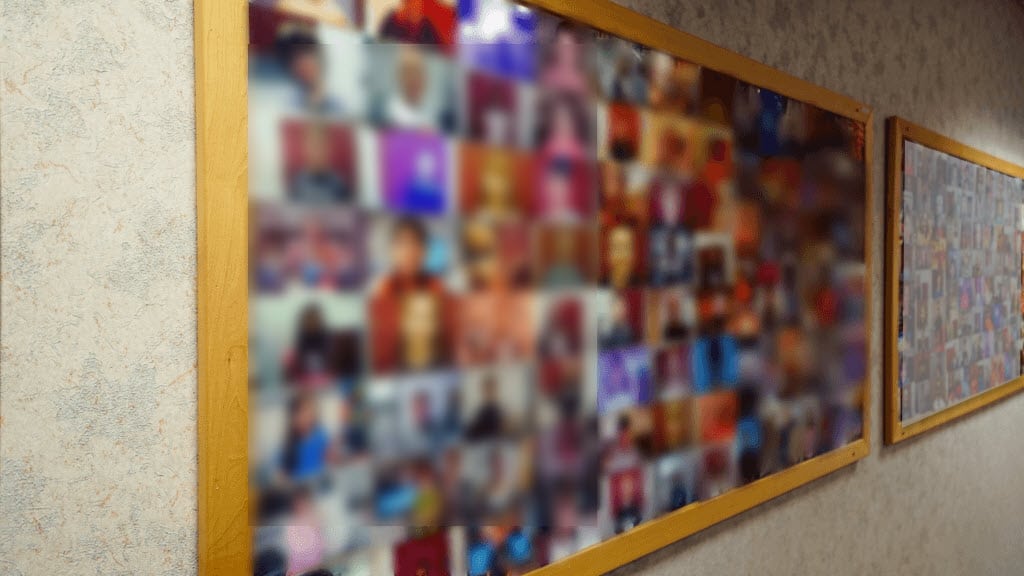Vision Therapy Can Transform Your Life…
Or the Life of Your Child
- Lazy eye
- Eye alignment problems
- Focus problems
- Convergence insufficiency
- Hand-eye coordination problems
- Double vision
- Behavioral issues due to vision problems

Able to HelpYou or Your Child
How Vision Therapy Works
1) Office Evaluation
2) Your Unique Customized Program
If it is determined that Vision Therapy is right for you, a custom program will be developed based on the results of standardized tests, your needs, and your symptoms.
3) Your Vision Therapy Sessions Begin
Your Vision Therapy Sessions:
- Typically 6-12 months
- 1-2 office visits per week
- 30-60 minutes per visit
- Home Exercises to work on between therapy sessions
What You Can Expect
Meet Dr. Laura Knapp - Vision Therapy Specialist

Vision Therapy = Physical Therapy for your Eyes!
The College of Optometrists in Vision Development (COVD) notes that vision therapy is generally conducted in-office, in once or twice weekly sessions of 30 minutes to an hour, occasionally supplemented with procedures done at home between office visits. You can view more information about vision therapy on the COVD website.
The Science Behind Vision Therapy
Vision occurs as collaboration between the eyes and the brain, informed by feedback from the rest of the body. The science of vision therapy is therefore rooted in the ability to guide an individual to make changes through feedback and awareness. As in any effective therapy, there must be a differential diagnostic process identifying which aspects of the visual system are mal-developed or in need of rehabilitation. Intervention can then be designed in accordance with generalized principles of therapy.
Vision Therapy Should Be Individualized and Customized
The science of therapy has established that to be maximally effective, therapy should be individualized and customized to the needs of the patient. Vision therapy may be implemented by a trained therapist, but must be administered under the supervision and guidance of a knowledgeable Doctor of Optometry. The patient must internalize changes and understand that the visual system is modified therapeutically, not by procedures done to the patient, rather to the extent the patient is responsible for viewing differently.
Technology has greatly aided the science of optometric vision therapy but placing the patient in front a computer cannot substitute for active observation and interaction with a therapist. In the next section we review research on vision therapy, but there is one major study that is crucial in understanding the science of vision therapy.
The CITT, or Convergence Insufficiency Treatment Trial, is a multicenter study funded by the National Institutes of Health (the original study name was CIRS, or Convergence Insufficiency and Reading Study). The group that created this study went on to publish the CISS, or Convergence Insufficiency Symptom Survey, to prove that pencil push-up therapy or base-in prism glasses used in isolation were NOT effective, and that home-alone therapy was equivalent to placebo therapy. This is where the science becomes pivotal. Anyone currently treating convergence insufficiency without the benefit of supplemental in-office procedures is essentially dispensing placebo therapy until proven otherwise.
Research on Vision Therapy
Office-Based Vision Therapy is Far Superior to any Other Form of Intervention
The results of this study are now being used by some insurance carriers to support the need for office-based vision therapy, but only of 12 weeks duration, as was used in the CITT study.
Unlike drug studies, in which the patient takes a placebo pill, it is challenging to design a placebo therapy group. Placebo therapy must be designed well enough that neither the patient nor the therapist knows that the therapy is not directly addressing the condition. The CITT group did a brilliant job designing this group, which is why they were able to generate such a good rate of improvement that came about from improving sustained visual attention – in fact, a couple of percentage points greater than the home-based computerized therapy group!
Even if we take what the CITT has proven at face value, since ophthalmologists and pediatricians profess to practice only evidence-based medicine, that means that in the years since the CITT was published the field should have been transformed and have integrated the research outcomes of the CITT. Unfortunately for many patients in need, almost no pediatric ophthalmologists prescribe office-based vision therapy.












